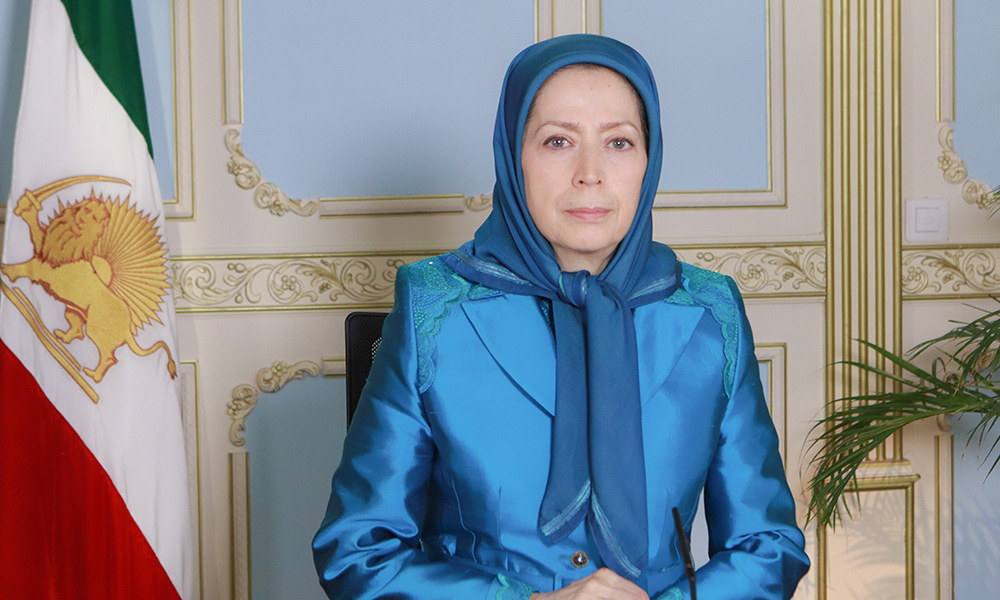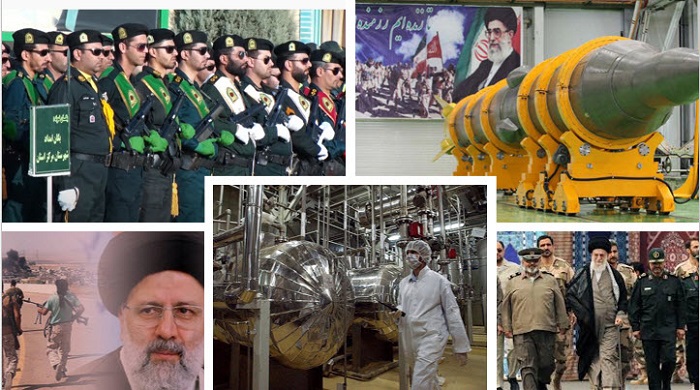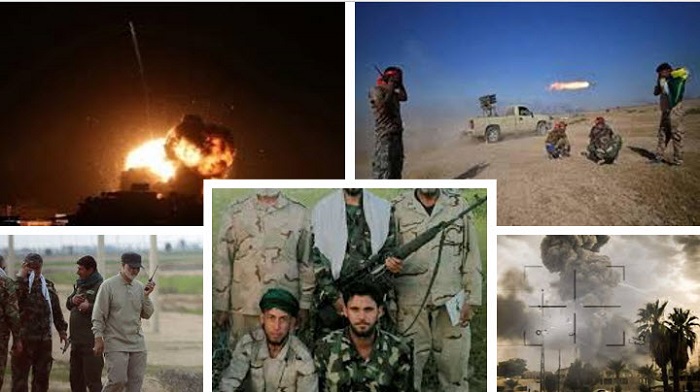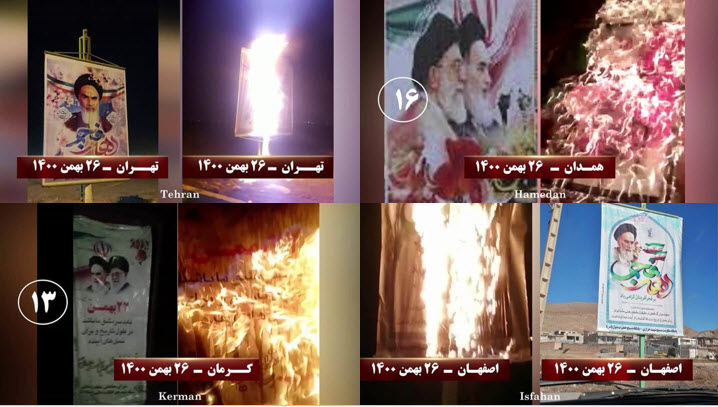

Maryam Rajavi, the President-elect of the National Council of Resistance of Iran (NCRI), warned in 2003 that Iran’s regime’s terrorist threats are a hundred times more deadly than its nuclear program. This was a major warning, especially since it came from the leader of the campaign that exposed Tehran’s nuclear weapons program for the first time.
Western powers, on the other hand, who was at the time strongly involved in attempting to curb the regime’s nuclear development by giving concessions, ignored the warning. The West’s major strategy toward Iran’s regime, rapprochement, and appeasement, resulted in politicians and governments turning a blind eye to the Iranian regime’s numerous threats, particularly its terrorist and fundamentalist objectives. The people of Iran and the area suffered the price for this disastrous policy, as their lives devolved into violence, struggle, and poverty as world powers permitted Tehran to squander Iran’s wealth and resources to spread terrorism across the Middle East.
Terrorism is now one of the most well-known and undeniable threats emanating from Tehran, nearly two decades later. Thus speeches, legislation, and social movements are all reflecting this stark fact.

The Pentagon reaffirmed in its most recent report that Iran-backed militia groups represent the greatest threat to US personnel in the region. At the same time, many politicians and lawmakers are pushing back against efforts to resurrect the 2015 nuclear deal with Iran, correctly pointing out that any agreement with the Iranian regime must take into consideration its terrorist goals, ballistic missile program, and human rights crimes.
But, more crucially, the people of the Middle East, who have felt Tehran’s terrorism in their bones for decades, have demonstrated that they will no longer tolerate the Iranian regime’s involvement in their nations. In Iraq, especially since the assassination of Qassem Soleimani, Tehran’s terror mastermind, the regime has been met with a rising tide of opposition to its violent and destructive intervention.

The torching of posters of Soleimani, regime supreme leader Ali Khamenei, and regime founder Ruhollah Khomeini has been a common denominator of large-scale social uprisings across Iraq in recent years. Iraqi protesters are calling for the dictatorship of Iran to be deposed from power in their country. The opposition to Iran’s dictatorship was exemplified in Iraq’s recent elections, which saw the regime’s sympathizers and cronies come out on top. Esmail Qaani, the current commander of the Revolutionary Guards Quds Force, has been unsuccessful in forcing Iranian regime loyalists into Iraqi politics.

In Lebanon, too, public rallies are frequently accompanied by slogans calling for the regime’s overthrow, and Hezbollah, which is backed by Iran, is growing increasingly loathed with each passing day. Hatred for Iran’s dictatorship was also visible on the streets of Rafah, Palestine, in January, when crowds set fire to photographs of Khomeini and Soleimani, as well as Hezbollah Leader Hassan Nasrollah.

Meanwhile, the government is dealing with a growing sense of resolve among the region’s nations, who are well aware of the regime’s nuclear and terrorist threats. The military losses that the regime and its allies have experienced in Syria and Yemen reflect this cohesive approach.
All of this is taking place against the backdrop of parallel events inside Iran, where the regime is becoming increasingly desperate in the face of growing public outrage, chants for regime change, and the organized activities of the Iranian Resistance Units, who are keeping the flame of hope and rebellion against tyranny alight every day and in every city.
February 2022—Major changes loom on the 43rd anniversary of Iran’s 1979 anti-monarchical revolution that brought an end to the Shah’s dictatorship but was later hijacked by the clerics led by Ruhollah Khomeini. While the mullahs’ regime is hell-bent on portraying a strong image with a firm grip on power, the realities on the ground tell a completely different story.
MEK Iran (follow us on Twitter and Facebook), Maryam Rajavi’s on her site, Twitter & Facebook, NCRI (Twitter & Facebook) and People’s Mojahedin Organization of Iran – MEK IRAN – YouTube








